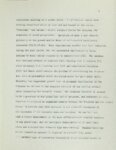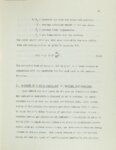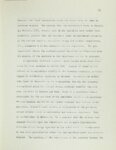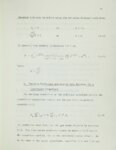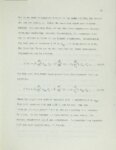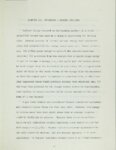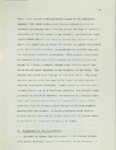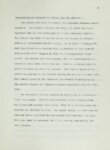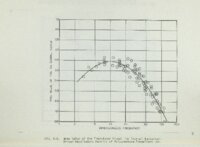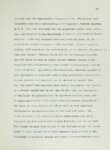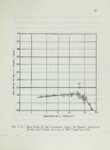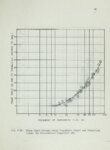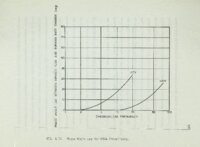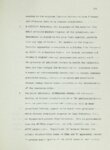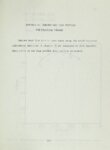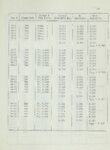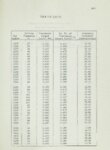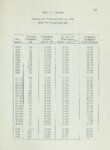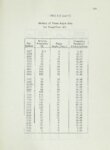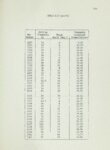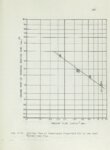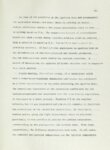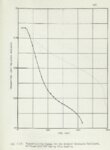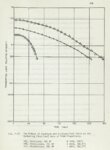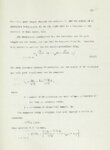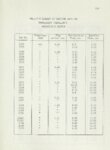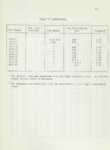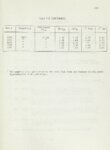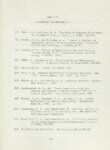| Description |
A direct measurement was made of the dynamic response of burning solid-propellant strands to an externally imposed radiant heat flux. Burning rate changes were determined for both steady and periodic energy fluxes at atmospheric pressure. The strands were mounted at the secondary focus of an elliptical mirror system, and flux levels to 15 cal/(sec)(cm2) were obtained by use of a 5kw Xenon-Mercury lamp. Steady-state burning rates were obtained by a photographic technique, and the periodic variations in mass evolution rates were detected by measurement of the recoil force on the strands. A quartzcrystal microphone was used as a micro-force transducer. The heat flux response function, defined as (m'/rn) (F'/F) where m and F are mass rate and heat flux respectively and the prime and overbar denote perturbed and steady-state quantities, which was measured in this experiment, is closely related to the pressure, p, response function, (m'/rn) (p'/p) which is important to the combustion stability of a solid propellant in an engine. The approximate correspondence of these two response functions was demonstrated by calculations based upon current transient combustion theories. The sharp flame front model was employed for the gas phase, and the usual assumptions of a homogeneous, passive solid with energy release at / the surface and an Arrhenius type regression law were employed. Both response functions were calculated as a function of the dimensionless perturbing frequency (Q = wa/r2 where w is the radiant frequency; a the propellant thermal diffusivity and r the mean burning rate) for the same fixed parameters. At low frequencies, the response functions are essentially identical and both exhibit maxima in the response at nearly the same frequency in the range. of dimensionless frequencies of 6-50. At high frequencies, the pressure response is higher than the flux-driven response apparently because of the effect of rapidly responding gas-phase processes. For the opaque propellant, the correspondence is close enough that values of the flux-driven response are relatable to the more practically important pressure-coupled response. |

















